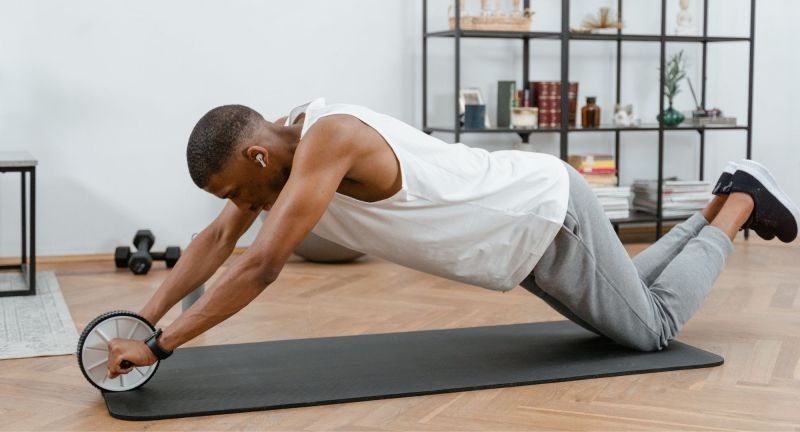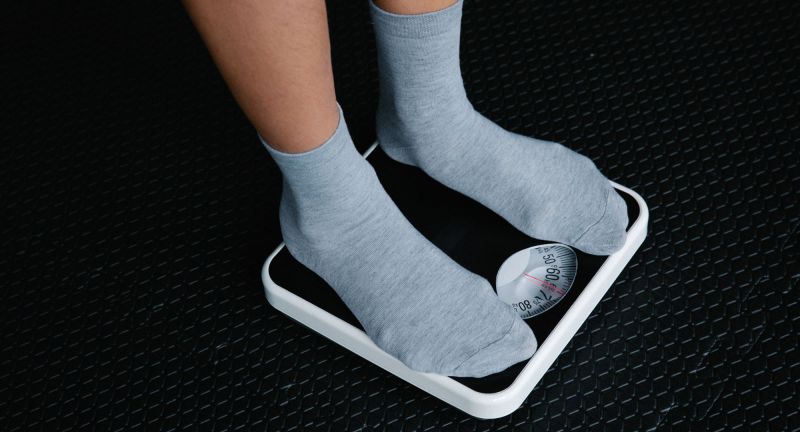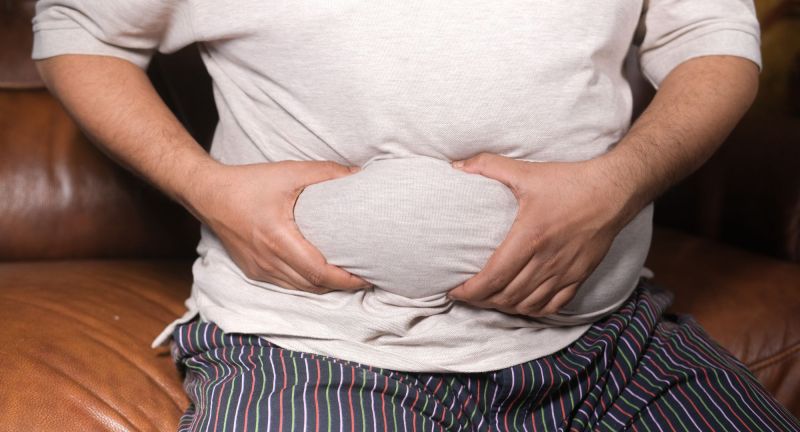
Only 8-10% of American men have visible 6-pack abs. That’s right, fewer than one in ten men have the coveted physique of a movie star. But here’s the good news: almost everyone can have abs. You just need to avoid making common mistakes and have realistic expectations of what is achievable based on your body type and genetics.
We’ll tell you why you may never see a defined 6-pack on your midsection and how to set achievable goals for your fitness journey.

Reason #1: You’re too impatient
Getting 6-pack abs takes time, dedication and consistency. There is no miracle solution to getting abs. You must be patient with your progress and refrain from setting unrealistic expectations.
To see your abs, you have to have a weakness Body fat percentage. For most men, that means getting to work 9-14% body fat. If there is a layer of fat covering your abs, you won’t be able to see it until you reduce your overall body fat percentage. Depending on your starting point, this could take months or even years, so don’t throw in the towel if you don’t see immediate results.
Here are some tips to help you maintain your patience and stay motivated:
- Set small, achievable goals along the way.
- Focus on the process, not the outcome.
- Celebrate all victories, no matter how small.
- Find a workout buddy or join a fitness community to stay accountable and motivated.
Remember, getting 6-pack abs is a marathon, not a sprint. The only way to ensure long-term success is to be patient and consistent, and you will eventually achieve your goal.

Reason #2: You forget to readjust your diet
As you lose fat, your body needs change. Your metabolism slows down and you need to eat fewer calories to maintain your weight loss. This is why it is important to readjust your diet as you lose weight.
Many people calculate their calorie deficit once they start their diet, but don’t readjust it as they lose weight. This can lead to a plateau, where they stop losing fat even though they are still eating at a calorie deficit. To avoid this, it’s best to readjust your calorie deficit every few weeks or months or whenever you reach a plateau. You can reduce your calorie intake by 200 to 300 calories per day.
Here are some tips to help you stay on track:
- Record your process and track your calorie intake on an app or food diary.
- Gradually reduce your calorie intake; consuming too much too soon can lead to muscle loss and other health problems.
- Eat plenty of protein to support muscle growth and recovery. Don’t forget to fill your plates with low-calorie fruits and vegetables like apples, broccoli, carrots and cucumbers.

Reason #3: You’re going too hard
It seems logical that the harder you train, the faster you will see results. But that’s not always the case, especially when it comes to abdominal exercises. Training too hard can be counterproductive and lead to injury or burnout.
When you train too hard, you’re more likely to experience muscle soreness and fatigue. This can make it difficult to recover and continue training consistently. Additionally, pushing yourself too hard can lead to a rare but serious condition called rhabdomyolysis. This is when your muscle fibers break down and release their contents into your bloodstream, damaging your kidneys.
So remember to listen to your body and take rest days when you need them. Most people need 48 to 72 hours of rest between intense workouts to properly recover.

Reason #4: Genetics
Believe it or not, genetics game a role in your ability to get 6-pack abs. Some people are more predisposed than others to having visible abs. This is due to the way their muscles are shaped and their fat is distributed. For example, some people have a naturally lower body fat percentage than others. And others have more muscle mass in the abdominal area. Additionally, some people are more likely than others to store fat in the abdominal area.
Here are some tips to maximize your chances of getting 6-pack abs, even if you don’t have the best genetics:
- Focus on reducing your body fat percentage. This is the most important factor in getting visible abs.
- Eat a healthy diet and exercise regularly.
- Be patient and consistent. It takes time and effort to see results.

The essential
Getting abs is much more than just doing endless sit-ups and following a strict diet. It’s about finding a balance between a good diet, regular physical activity, get enough rest and recoveryand understand your genetic makeup. Don’t get discouraged if you don’t see results right away. Continue to work hard and eat healthy; you will eventually achieve your goal.
Editors’ Recommendations
